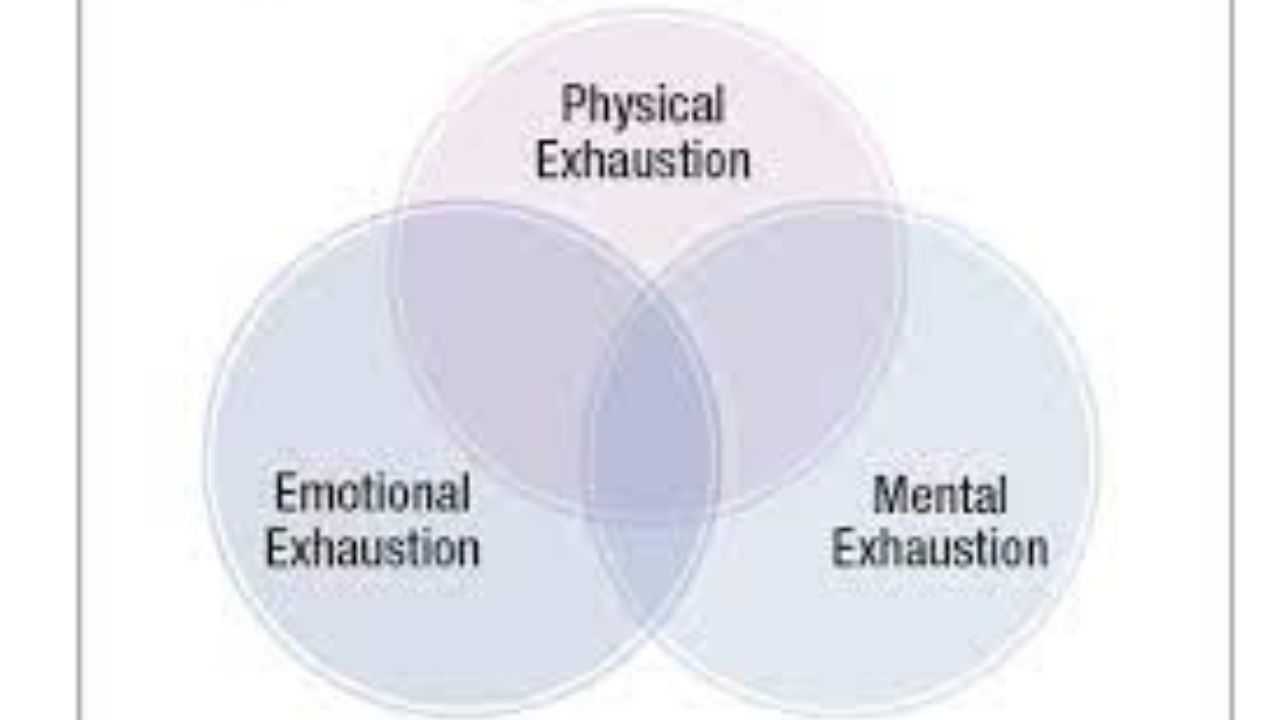Fatigue and Burnout

Yoga can be a beneficial remedy for managing fatigue and burnout by promoting relaxation, reducing stress, and restoring energy levels. Here are some yoga practices that can help:
- Restorative Yoga: Restorative yoga involves gentle, supported poses that are held for an extended period of time. It allows the body and mind to deeply relax and rejuvenate. Use props such as bolsters, blankets, and blocks to support your body in poses such as Supported Child’s Pose, Legs-Up-the-Wall Pose, or Reclining Bound Angle Pose. Restorative yoga helps calm the nervous system, reduce stress, and restore energy.
- Gentle Yoga Flow: Engage in a gentle yoga flow sequence that focuses on slow, fluid movements and mindful breathing. Include poses such as Cat-Cow Pose, Standing Forward Fold, Gentle Twists, and Seated Side Stretches. This type of practice helps release tension, increase blood flow, and promote relaxation.
- Deep Breathing and Pranayama: Practice deep breathing techniques such as Diaphragmatic Breathing, Ujjayi Breathing, or Box Breathing. These breathing exercises help activate the relaxation response, calm the mind, and increase energy levels. Set aside a few minutes each day to practice deep, conscious breathing.
- Meditation and Mindfulness: Incorporate meditation and mindfulness into your routine to quiet the mind and reduce mental fatigue. Find a comfortable seated position, close your eyes, and focus your attention on your breath or a chosen point of focus. Allow thoughts to come and go without judgment. Start with a few minutes and gradually increase the duration as you feel more comfortable.
- Yoga Nidra: Yoga Nidra, also known as yogic sleep, is a guided relaxation practice that helps release physical and mental tension. Lie down comfortably on your back and follow the instructions of a guided Yoga Nidra meditation. This practice helps restore energy, reduce stress, and promote deep relaxation.
- Self-Care and Lifestyle Balance: Remember that yoga is just one aspect of managing fatigue and burnout. It’s essential to prioritize self-care and establish a balanced lifestyle. This includes getting enough sleep, eating a nutritious diet, engaging in activities that bring you joy, setting boundaries, and seeking support when needed.
Be sure to listen to your body and practice within your limits. If you’re experiencing chronic fatigue or burnout, it’s important to consult with a healthcare professional for a comprehensive assessment and guidance tailored to your specific needs.
Remember, the road to recovery from fatigue and burnout takes time and a holistic approach. Incorporating yoga as part of a well-rounded self-care routine can be a valuable tool for managing and preventing burnout, but it’s important to approach it with patience, consistency, and self-compassion.
Specific Content Keywords : fatigue and burnout,fatigue and burnout in nursing,fatigue and burnout symptoms,fatigue and burnout similarities,fatigue and burnout stress,fatigue and burnout among healthcare professionals,compassion fatigue and burnout
compassion fatigue and burnout can be,addressed by difference between compassion fatigue and burnout,carer fatigue and burnout,signs of fatigue and burnout,nursing fatigue and burnout,signs of compassion fatigue and burnout,compassion fatigue and burnout in nursing,autistic fatigue and burnout,adrenal fatigue and burnout,extreme fatigue exhaustion and burnout are all signs of.

